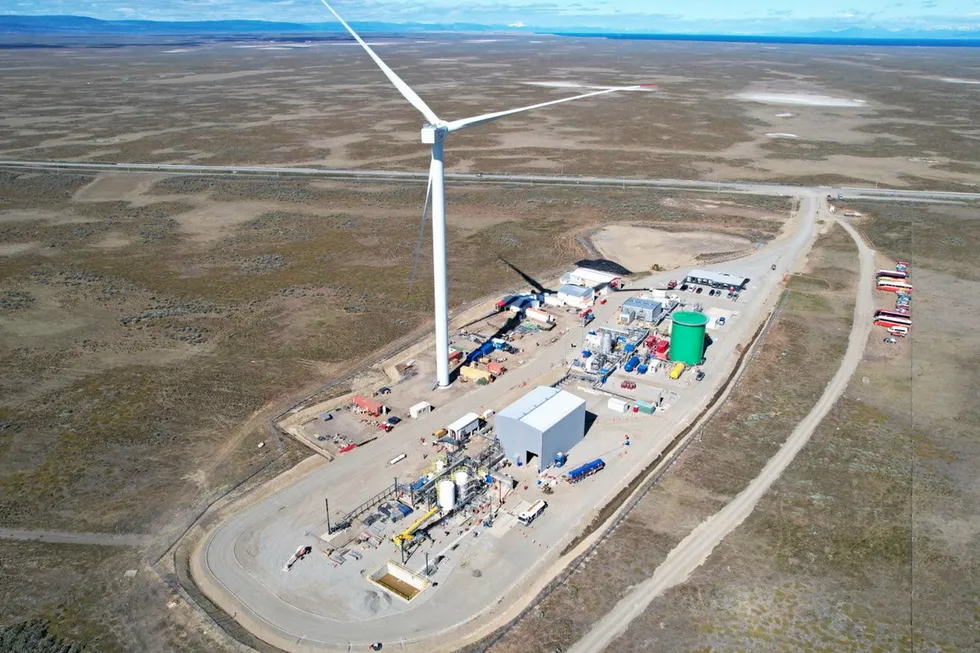'First e-fuel made from green hydrogen and CO2 is 100 times more expensive than petrol, but costs should plummet'
Industrial-scale production and cheaper direct air capture could reduce costs from €50 per litre today to €1, says German climate institute
